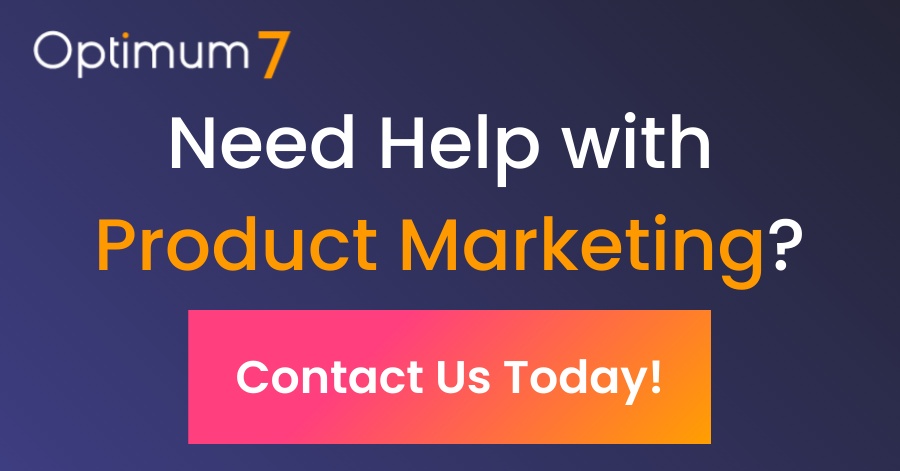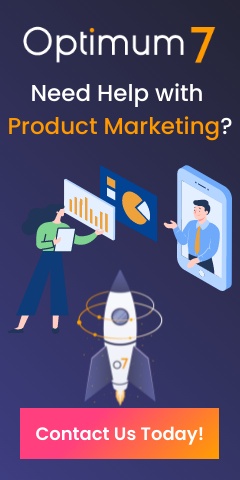Successful eCommerce sites understand the importance of building an eCommerce sales funnel that converts. This is the best way to optimize your marketing campaigns, measure success, increase sales, and get repeat customers.
You need to understand the customer journey and how visitors behave when shopping online.
Some people might bounce right away. Others could get called away from their computer or phone before adding an item to their cart. Lots of customers are constantly hunting for the best possible deal.
Whatever the case may be, you can’t always get people to convert on their first visit. But you can bring them into your eCommerce sales funnel and begin the process of turning those leads into paying customers.
This in-depth guide on eCommerce funnels is perfect for BigCommerce sites, Shopify stores, Magento, WooCommerce, 3DCart, and any other eCommerce platform. Whether you’re familiar with eCommerce sales funnels or you’re a complete beginner, I’ll teach you how to build a successful eCommerce funnel and optimize it for conversions.
What is an eCommerce Sales Funnel?
An eCommerce sales funnel is a visual representation of the buyer’s journey. It illustrates the path they take from first becoming aware of your brand all the way through the purchase. eCommerce sales funnels also include cross-sells, upsells, and customer retention.
Every business has a unique sales funnel. It typically depends on factors like the industry, target market, and products that you’re selling.
For example, eCommerce sites selling low-cost items may have a shorter buying cycle than an eCommerce company selling high-ticket items. A customer doesn’t need to do a ton of research if they’re buying an $8 shirt. But they’ll likely spend lots of time looking at different options if they’re buying a $2,500 camera.
Regardless of the specifics, the stages remain the same across every eCommerce funnel—awareness, interest, desire, and action.

We’ll talk about each of these stages in greater detail shortly. But first, I want you to understand the concept of this sales funnel.
The term “funnel” comes from the shape of this illustration. The top of the funnel contains all potential buyers. But not all of these people will ultimately make a purchase. So as consumers navigate through your funnel, the number of potential buyers decreases. This narrows the pool of potential buyers, creating a funnel shape.
Understanding your eCommerce sales funnel is invaluable. If you can identify where potential customers are leaking out of the funnel, you can optimize the buying process for higher conversion rates.
Furthermore, recognizing how consumers behave within each stage makes it easier for you to create successful marketing campaigns.
You’ll know exactly what marketing materials to use for different customers depending on where they are in your funnel.
Stages of the eCommerce Sales Funnel
Let’s take a closer look at each stage within the eCommerce funnel. I’ll give you some specific marketing examples for each one, and I’ve even included a bonus stage that’s usually not mentioned in the average funnel.
Awareness
The awareness stage is at the very top of the funnel. Customers simply become aware that your brand exists. Prior to this stage, they never heard of you, your products, or your offerings.
There are lots of different ways for a customer to enter the funnel here. It could happen through organic Google searches, social media sharing, paid ads, public relations, a news story about your company—anything that first makes them aware of your existence.
Shockingly, research shows the average person is exposed to 6,000 to 10,000 ads per day. This is nearly double the amount from about ten years ago, with no signs of slowing down.
Basically, consumers are starting to become numb to the number of new brands they see on a daily basis. So you can’t rely on the awareness stage alone to drive eCommerce sales. Don’t worry about your best possible offer or marketing campaign right now. Just look for new ways to get new eyeballs on your brand.
There might be some type of educational aspect to the awareness stage, but only enough to let people know what you’re offering and what problem you’re solving.
Here’s an excellent example of a Facebook ad from GoPro:

With a simple copy and an effective image, it’s obvious that this company sells waterproof cameras.
So if a person was scrolling through Facebook and stumbled upon this ad, they’d know exactly what GoPro was offering—even if they never heard of the brand before.
Interest
Consumers move into the interest stage when they’ve shown any signs of being intrigued by your brand or product. Not only do they recognize your existence, but they take the next step to learn more information.
This can happen by visiting your eCommerce landing pages, downloading an ebook, reading a case study, signing up for your newsletter, taking advantage of a free tool on your site, or similar action.
By now, the prospective buyers have some interest in potentially purchasing some item within your category. Now it’s time to take your brand and product education to the next level with campaigns targeting these types of buyers.
Let’s continue with the GoPro example. A lead is aware that the company sells waterproof cameras, so they visit the website to learn more.
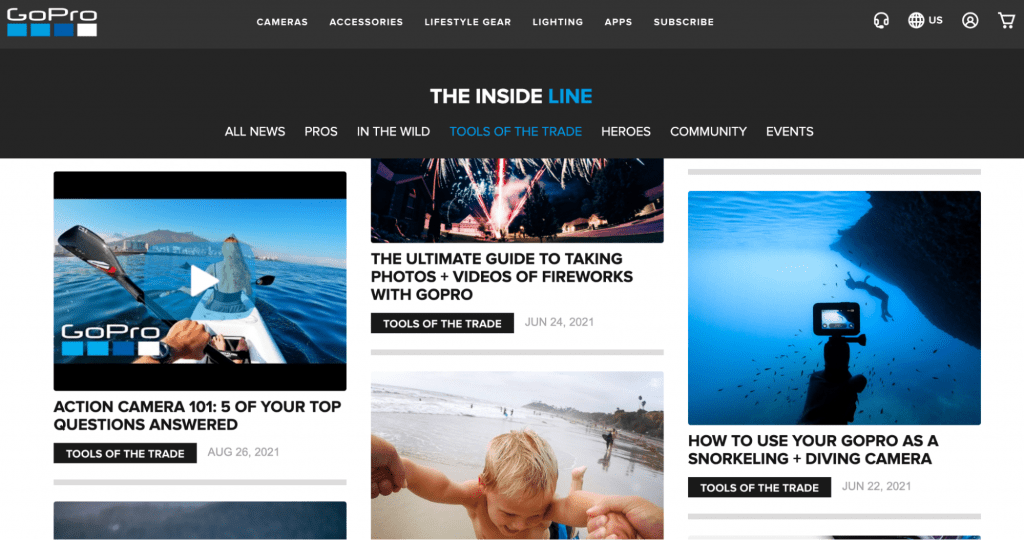
GoPro’s website has a “Tools of the Trade” category with an extensive list of how-to guides. As you can see from the image above, these guides include tips for using a GoPro while snorkeling and diving—which appeals to someone interested in a waterproof camera.
By navigating to this page, a consumer has officially entered the interest stage of the eCommerce sales funnel.
Desire
Consumers who decide they want to buy a product in your category are in the desire stage. They’re not quite ready to make the purchase just yet, but they’re close.
In the eCommerce space, the desire stage typically involves actions like navigating to your pricing pages, reading return policies, comparing your prices to competitors, looking at any promotions or discounts available, and similar behavior before buying.
Consumers in the desire stage are trying to narrow down the best possible option to purchase.
Again, I’ll continue using GoPro as our main example here. They have an excellent tool on their website that allows customers to compare different cameras.
This gives people more information about the design, dimensions, tech specs, waterproof options, storage, and more.
By offering this type of comparison page, GoPro is helping customers in the eCommerce funnel find the perfect product for their unique needs.
Action
The action stage happens when the lead decides to buy something. But just because they made this decision, it doesn’t automatically mean that you’ve converted them just yet.
You still need to optimize your shopping cart, checkout process, payment system, and other factors here before you can turn this lead into a customer.
For example, failing to offer free shipping here could lead to high shopping cart abandonment rates. Or maybe your eCommerce site doesn’t accept the customer’s preferred payment method.
There’s still plenty of room for people to leak out of your eCommerce funnel during the action stage. So don’t assume that your work here is done just because the customer is ready to buy.
BONUS: Loyalty
Most eCommerce funnels end with an action—the final purchase. But to really have success in this space, your funnel must be optimized for customer loyalty and retention.
Think about all of the hard work you’ve done to get your leads to buy. You don’t want to lose that person after a single purchase. Prioritizing customer lifetime value (CLV) is an often overlooked aspect of eCommerce funnels. But it’s the best way to maximize the ROI of your campaigns.
After all, you have just a 5% to 20% chance of selling to a new customer. But that probability jumps up to 70% for existing customers.
Capturing the customer’s email during the checkout process and sending them targeted offers based on their purchase is a simple example of this stage.
GoPro offers an annual subscription as a way to entice customer loyalty:
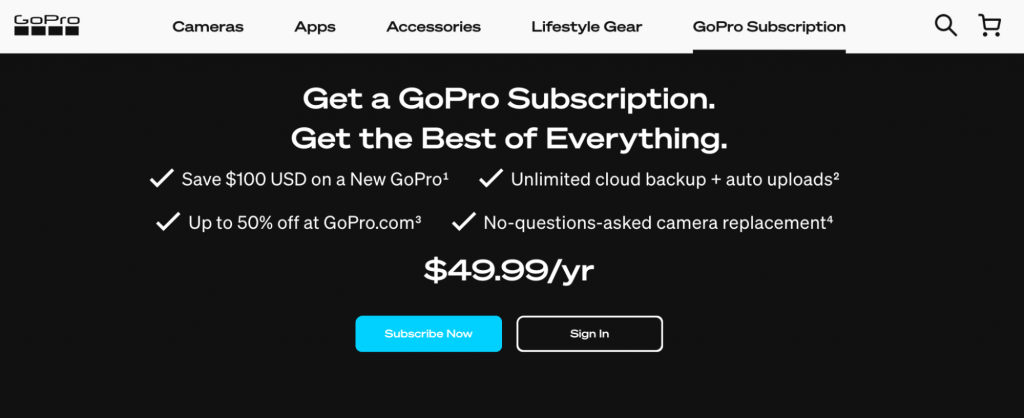
Not only does this strategy generate recurring revenue from the subscription, but it also entices customers to continue buying more products from this brand in the future.
How to Build and Optimize Your eCommerce Sales Funnel (7 Proven Methods)
Now that you understand the eCommerce sales funnel and the different stages, it’s time to build and optimize one of your own. The following seven methods are perfect for BigCommerce, Shopify, Magento, WooCommerce, 3dcart, and any other eCommerce website.
I’ve included a mix of my favorite eCommerce sales funnel tactics for various stages in the funnel:
Strategy #1 — Map Out Your Customer Journey and Identify Conversion Triggers
Before you start to run any campaigns or attempt to optimize different parts of your website, you need to get organized and create a plan.
You can use Google Analytics or other tools to determine how visitors behave when they land on different parts of your website.
Where is your traffic coming from? How does traffic from different sources behave? What’s the first thing they click when they land on your homepage or landing page? How many different touchpoints does a visitor make before they buy?
Map out a visual journey and break the actions down into the eCommerce conversion stages we discussed earlier—awareness, interest, desire, action, and loyalty.
For each stage, create a plan for what types of content and campaigns you want to offer.
This will vary for everyone, as the buying process varies from site to site. For example, an ebook probably isn’t a viable piece of content if your website sells socks. But if your online store sells expensive camping equipment, an ebook could be a useful resource to educate buyers during the interest stage of the funnel.
Strategy #2 — Start a Blog
Blogging is one of the most effective yet underutilized ways to attract eCommerce website visitors. It’s a proven successful method for free website traffic, but so many eCommerce shops overlook this strategy.
The reason why I love blogging for eCommerce sites is that it kills two birds with one stone.
First, driving traffic to your website through organic content is an excellent way to create brand awareness and get more people into your funnel. But it also guarantees that the traffic is at least somewhat interested in the products that you’re selling.
This isn’t always the case if you’re solely relying on social media ads to build awareness. You’re likely wasting valuable marketing dollars on people who have no interest in your products.
For example, look at this Google search for “how to make drip coffee at home.”
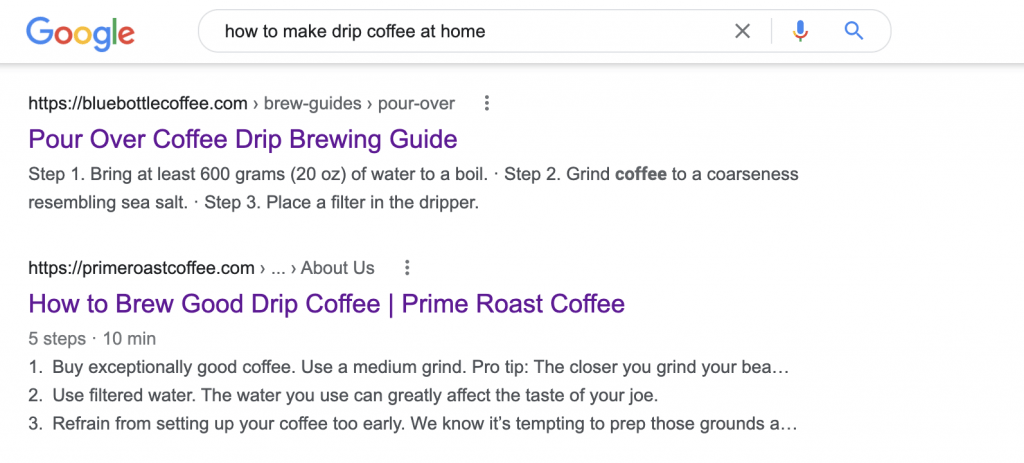
Both of the top two results are blog posts—and both of these websites sell coffee, mugs, and accessories through an eCommerce site.
One of the sites even lists coffee products they sell in the sidebar of the blog posts:
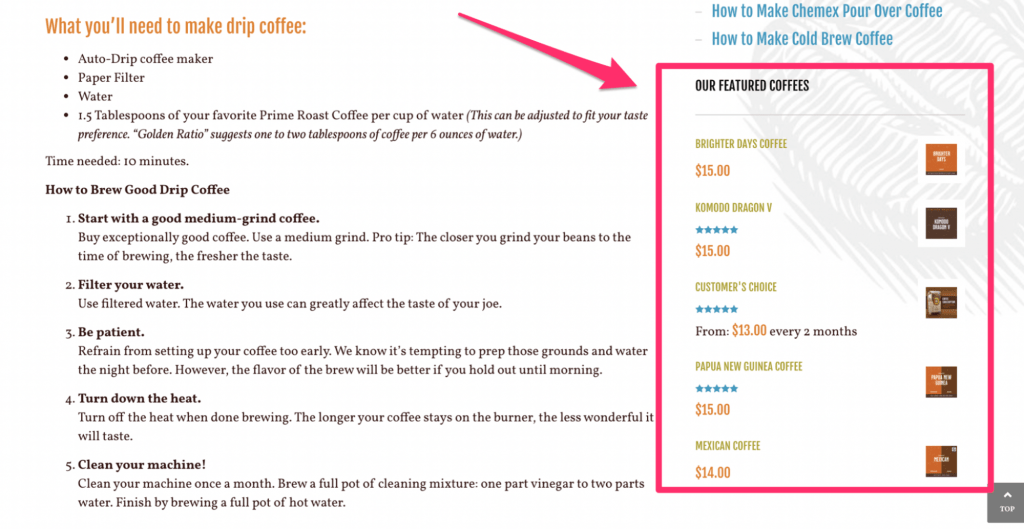
The other site includes a similar “Shop Our Coffee” CTA within the step-by-step instructions for making drip coffee:
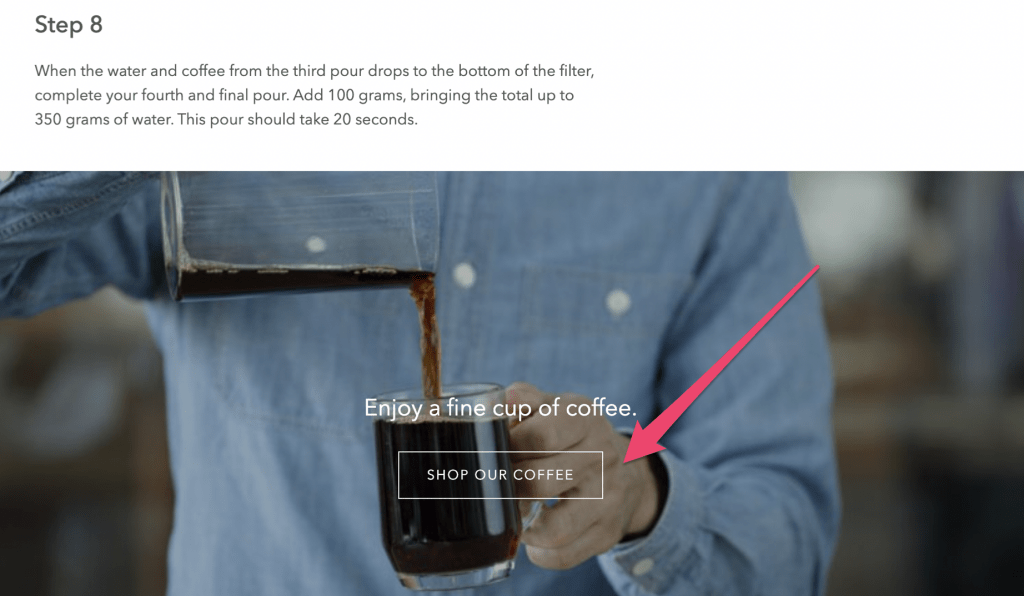
By blogging on a regular basis, you’re sending targeted traffic to your eCommerce website. Even if those people aren’t ready to buy just yet, you know that they’re interested in your products.
This makes it much easier for you to move to the next stage of your eCommerce sales funnel.
Strategy #3 — Collect Emails and Segment Subscribers
You need to come up with creative ways to collect as many emails as possible. Never buy email lists, as those won’t be high-quality leads.
Instead, entice your website visitors to give you their email address as soon as they enter the interest stage. From here, you can always send them additional emails as they move through the funnel.
Having that email address in your CRM proves crucial when it comes to customer retention and loyalty campaigns as well. So this strategy can be extremely useful at different stages and buying points.
Here’s an example of a full-screen exit-intent popup designed to collect email addresses:
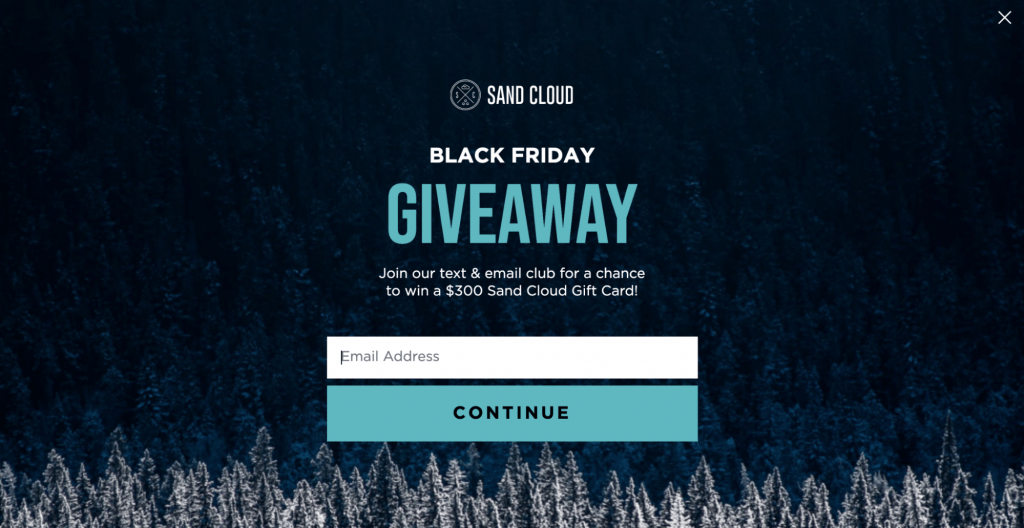
Rather than just asking for an email or telling you how great their newsletter is, this eCommerce site is offering new subscribers a chance to win a $300 gift card.
If you don’t want to get too creative here, offering a fixed dollar amount or percentage off of the first purchase (example: $10 off $45 or 20% first order) is an easy way to collect emails and move visitors through your eCommerce funnel.
Strategy #4 — Prioritize Social Proof and Customer Trust
Why should a consumer buy from you instead of a competitor? Unless you’re in an extreme niche category, they can probably find a similar product through Amazon too.
It can be difficult to drive eCommerce conversions without brand recognition like Apple, Nike, Gucci, or Ray-Ban. This is especially true if the consumer is just entering your funnel and doesn’t know anything about you.
Is the website a scam? Are the products high quality? What if I’m unsatisfied and want to return my purchase?
These are the types of questions that visitors will be asking as they land on your website. Don’t make them dig for answers. Instead, you can showcase this information directly on your landing pages and product pages.
Here’s an excellent example that you can replicate on your own eCommerce site:
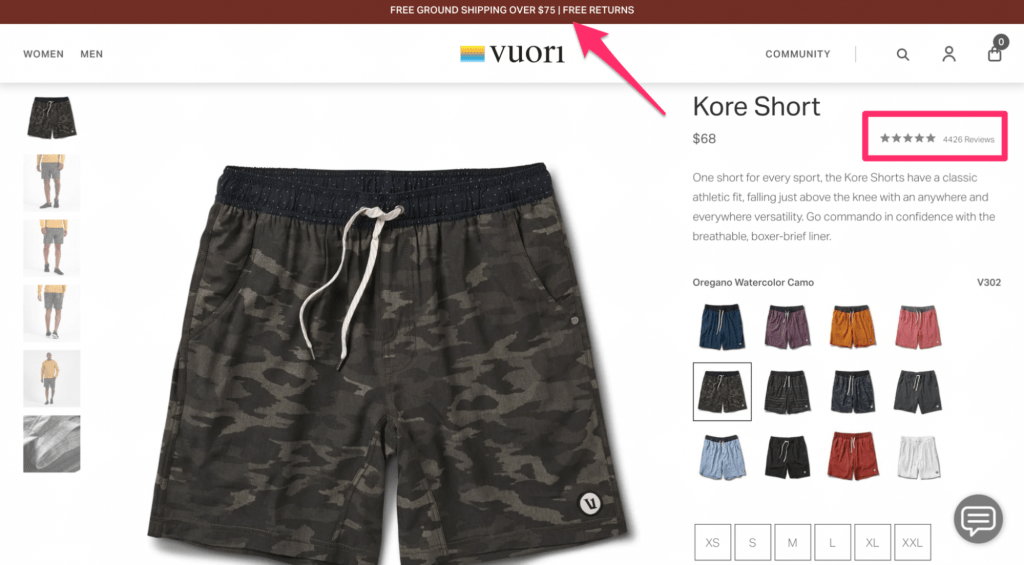
There’s a banner at the top of every product page advertising free shipping and free returns.
You can also see that this particular product has a five-star rating based on 4,426 reviews. Any product with this many positive reviews can definitely be trusted, which alleviates the buyer’s concerns and entices them to move to the action stage.
Strategy #5 — Run Retargeting Campaigns
Don’t take consumers in your funnel for granted. Just because they haven’t bought something yet, it doesn’t mean they’re not valuable.
Getting tens of thousands of people into your eCommerce sales funnel is useless if they’re not moving past the awareness or interest stages. So if someone knows who you are and what you do, make sure you take advantage of retargeting campaigns.
There are lots of ways to do this. You can run retargeting ads on Facebook or Instagram. This will show ads to people who have previously seen one of your ads or who have visited your website. You can also use platforms like Klaviyo to run dynamic email retargeting campaigns.
The idea here is to use logic with each retargeting sequence. You should be running campaigns in a logical order based on the consumer’s previous interaction with your brand.
For example, refer back to the GoPro Facebook ad that we looked at earlier as an awareness stage example. A retargeting campaign here could be a video demonstration showing how the waterproof camera is used in different circumstances, like surfing, scuba diving, or taking pictures in the rain.
Strategy #6 — Make it Easy to Buy
At the end of the day, you need to remove barriers in your checkout process that prevent people from buying. You want this step to be as easy as possible, so visitors don’t have a chance to second-guess their decision.
Each added action or step you require them to complete can hurt your conversions. For example, it would be amazing if everyone who bought something from your online store created a customer account. But that shouldn’t be a requirement to buy. So enabling guest checkout would be an example of this strategy.
Other tactics to consider here include:
- Make sure you have a simple eCommerce navigation
- Every page on your site should be no more than three clicks from the homepage
- Use white space and eliminate distractions during the checkout
- Avoid overwhelming blocks of text and use visuals to your advantage
- Shorten the checkout flow
- Offer multiple payment options (credit cards, debit cards, PayPal, Apple Pay, etc.)
These small details can make a big difference when a buyer is moving through the critical stages of your eCommerce sales funnel.
Strategy #7 — Track Your eCommerce KPIs on a Regular Basis
Numbers don’t lie. The only way to tell if you’re actually having success here is by looking at the metrics and key performance indicators. If these aren’t improving, then you need to go back to the drawing board.
The top eCommerce KPIs related to sales funnels include:
- Traffic
- Bounce Rates
- Conversion Rates
- Card Abandonment
- Sales
- Repeat Purchases
- Returns
- Average Order Value
- Add to Cart Rate
- Customer Lifetime Value
Here’s an eCommerce conversion funnel with benchmarks to help you understand these KPIs.:
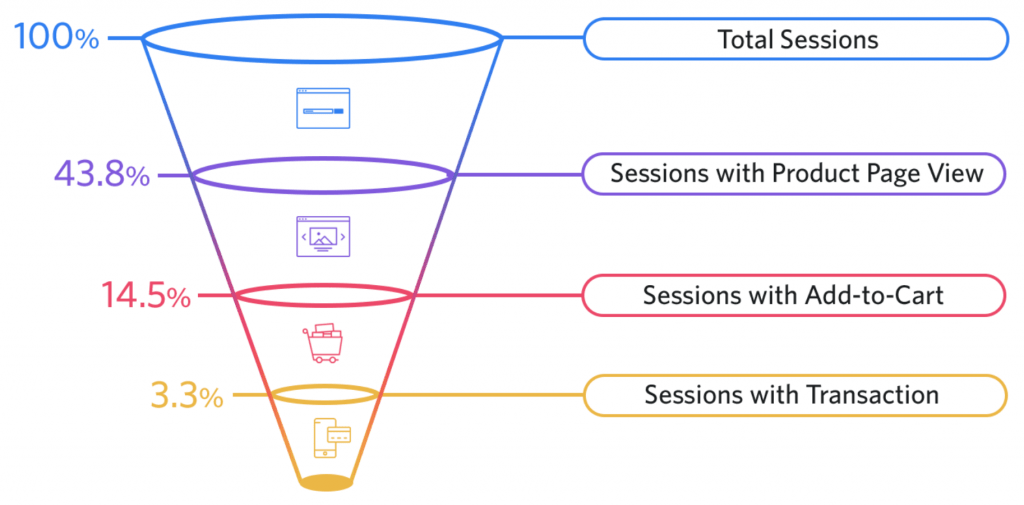
This is not the same thing as a sales funnel. But it’s equally as important to track as you’re applying conversion rate optimization (CRO) best practices to your Shopify, BigCommerce, Magento, WooCommerce, and 3dcart website.
Final Thoughts
No matter what you’re selling online, you need to understand the customer journey.
By applying the eCommerce sales funnel strategies described in this guide, you’ll get more qualified traffic, higher conversions, and increased sales. The tips and best practices I covered will also help you increase retention rates and strengthen customer loyalty.
If you need more assistance building and optimizing your eCommerce sales funnel for BigCommerce, Shopify, Magento, WooCommerce, 3DCart, or Miva, contact our team here at Optimum7.

